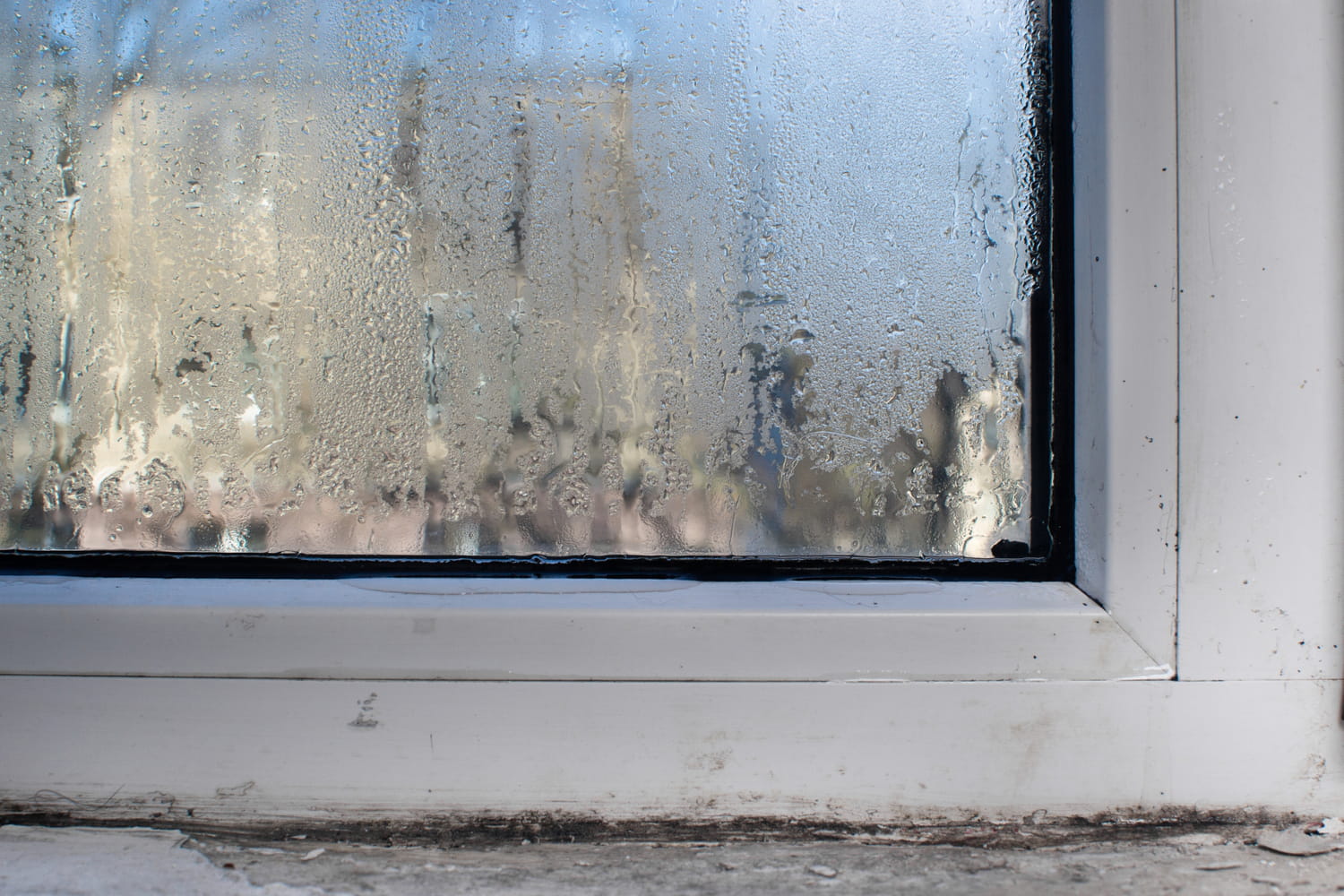Contrary to popular belief, it is not the bathroom, but another room in the house that concentrates the most humidity in autumn. Better to act to limit the damage.
In autumn, the cold and humidity return to our homes. The windows are closed, the heating is turned back on and the air circulates less. Result: humidity accumulates, it stagnates, and we often start to feel it on the walls or in the atmosphere of the room.
Contrary to what one imagines, however, it is not the bathroom most affected. It is generally equipped with a VMC which evacuates a good part of the steam. But elsewhere in the house, humidity can set in quietly and cause undesirable effects that are often noticed too late.
Because humidity not only makes the air heavy: it encourages the proliferation of dust mites, accelerates the appearance of mold and can damage certain materials or textiles. It sometimes leaves stains, persistent odors or a veil of condensation which indicates a silent accumulation. Signs that seem minor at first, but end up affecting the comfort of home and the budget.
And it is precisely in a room that we do not suspect that this excess humidity is most concentrated. The bedroom actually accumulates more humidity than a bathroom equipped with a VMC. Nocturnal breathing, combined with heating on in a poorly ventilated room, causes the humidity level to rise night after night. Some signs are unmistakable: a feeling of dampness when you crawl into bed, a poorly heated room or marks on the walls or mattress can signal that the humidity level is too high. In these cases, it is important to react to protect your health and your bedding.
A few simple actions can limit the risks: ventilate the room for at least ten minutes twice a day, avoid drying laundry there, maintain a temperature of 19°C during the day and at least 16°C at night. A dehumidifier can also help stabilize the air.
And if despite everything the humidity persists, it is better to call a professional. He will be able to check the tightness of walls, windows or pipes. The main thing is to act at the first signs to prevent humidity from becoming a permanent fixture in the house.








